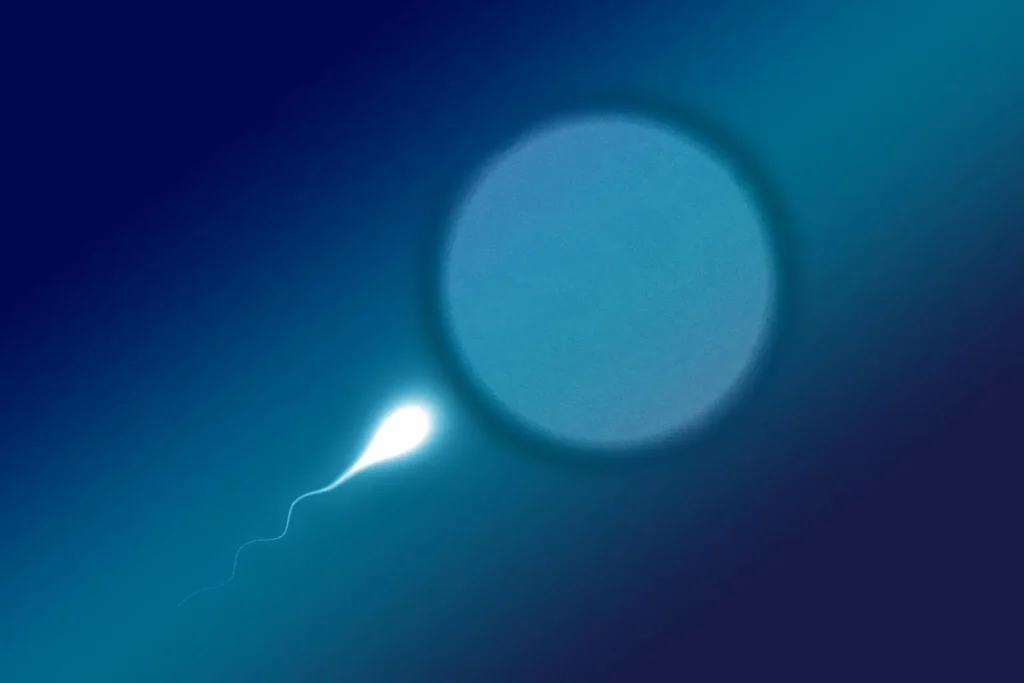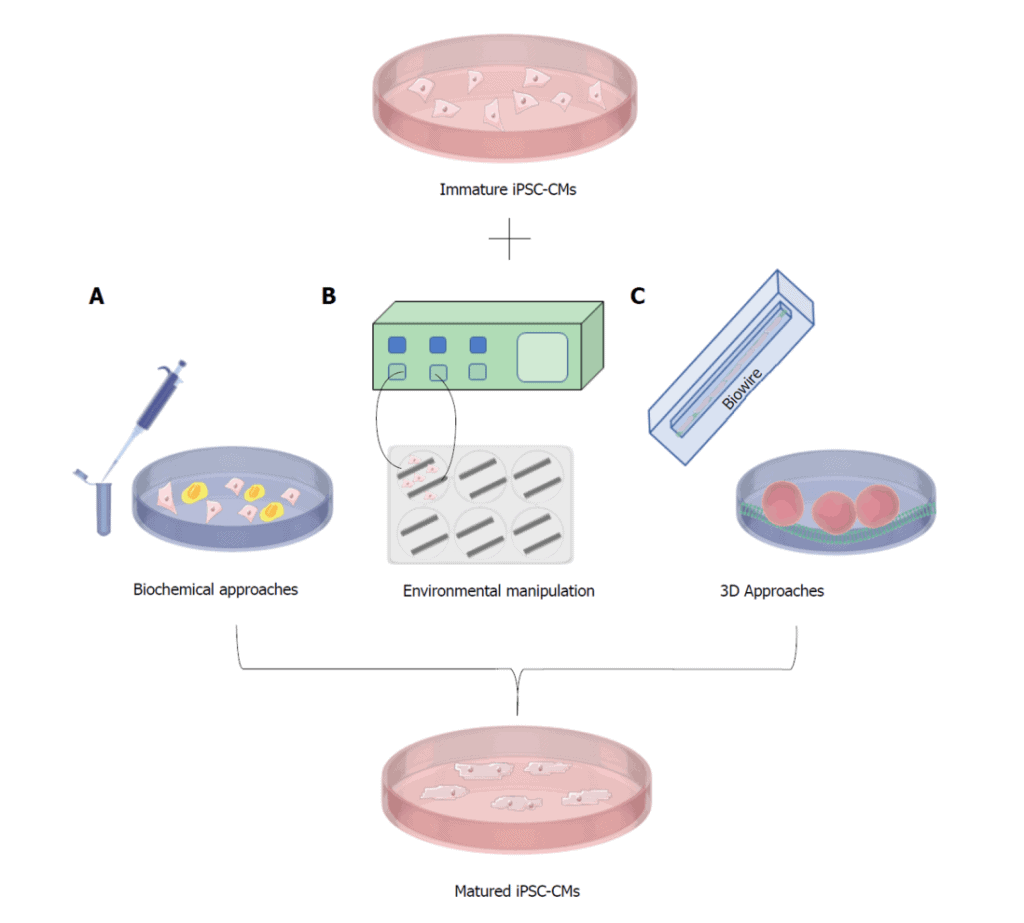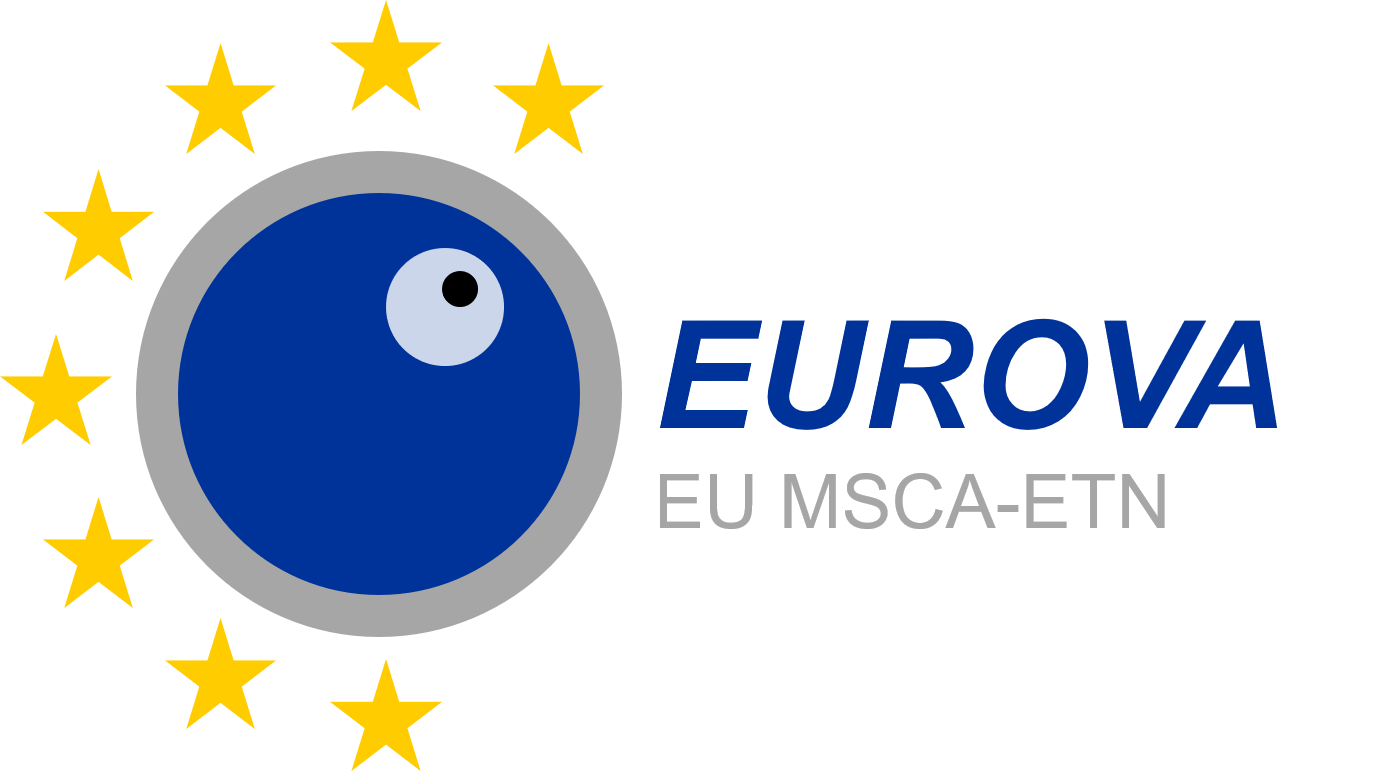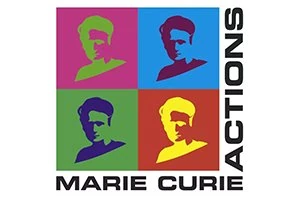A microfluidic system for oocyte maturation and in vitro fertilization: EUROVA
This project is completed now. If interested, feel free to contact us.
A microfluidic system for oocyte maturation and in vitro fertilization: introduction

An oocyte is a female germ cell involved in the process of reproduction. In the natural environment, the oocyte in young females before puberty is arrested at the first meiotic division as the primary oocyte within the ovary.
After reaching puberty, the luteinizing hormone (LH) surge leads to the resumption of the arrested meiotic division, and the pituitary gonadotropin stimulates the completion of the first stage of oocyte maturation right before ovulation. The oocyte is contained in this state till it is the time for fertilization. The second meiotic division starts during fertilization, and the second stage of oocyte maturation is completed.
Here, we describe novel approaches to studying oocyte maturation and in vitro fertilization with the help of microfluidics.
Improving in vitro fertilization with microfluidics: project description
During in-vitro fertilization (IVF), the fertilization process of fusion of male and female gametes is carried out externally before inserting the mature oocyte into the female body in cases where male gametes fail to fuse with oocytes naturally. In many cases, it is found that the females are producing only primary oocytes that have not entered the first stage of the oocyte maturation process due to various reasons like chemotherapy, advanced age, etc., which hampers IVF procedures.
This is where in-vitro maturation (IVM) comes into the picture, where the primary oocyte is collected, and the maturation process is carried out externally in the lab. The rate of successfully maturing the oocytes externally depends on the age of the female from whom it is collected, the quality of the primary oocytes collected, and the in-vitro conditions.
Microfluidics can help advance the in vitro fertilization field by recreating a physiologically relevant environment and allowing precise control of conditions.
An accurate natural oocyte environment for extended periods during the study is required to conduct a deeper study of oocyte maturation and thus improve the efficiency rates of in vitro maturation and fertilization processes.
Microfluidics is a perfect fit for studying oocyte maturation as it gives the user exact control over the oocyte culture environment by controlling the microfluidic channel environment.

Image source: Machiraju, P. and Greenway, S., 2019. Current methods for the maturation of induced pluripotent stem cell-derived cardiomyocytes. World Journal of Stem Cells, 11(1), pp.33-43.
This project has received funding from the European Union’s Horizon 2020 Marie Sklodowska-Curie Innovative Training Networks program under grant agreement No 860960 (EUROVA).
Researcher

Aaditya Venkatesha Babu Bangaru
Marie-Curie PhD candidate Elvesys/University of Ghent
- M.Sc. in Nanotechnology (Chalmers University of Technology, Sweden)
- B.Eng. in Mechanical Engineering (Visvesvaraya Technological University, India)
Areas of expertise:
Surface acoustic wave sensors, microfluidics, 3D Modeling, Nanotech, Conducting Polymers, CNC.


